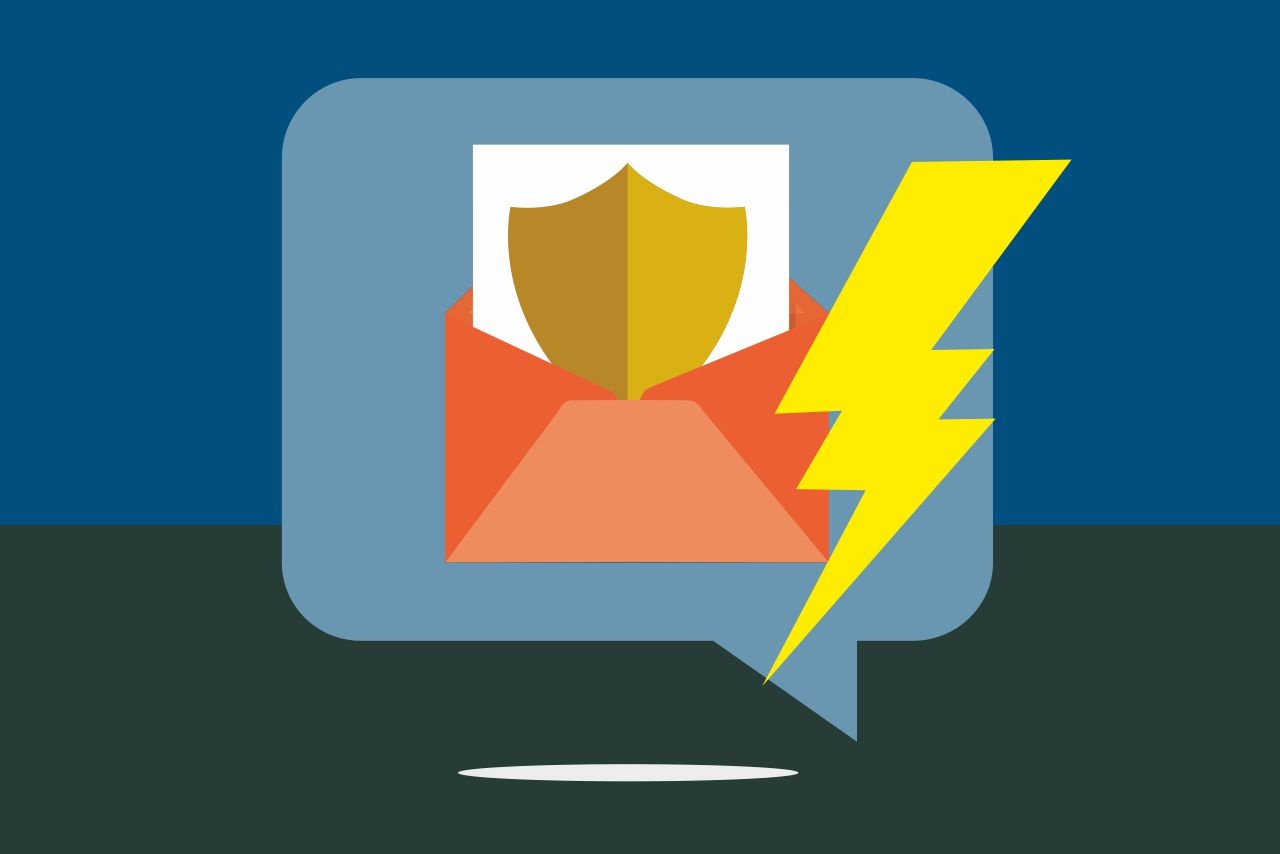Being prepared in advance to deal with any emergency scenario can help to keep your employees safe when your company is faced with the real thing.
It’s important to be prepared for a range of scenarios and to have the tools at your disposal to communicate quickly with employees when you need to.
Many organizations have turned to DeskAlerts to provide real time mass notifications to employees in the event of an emergency.
DeskAlerts works by sending pop-up notifications to employees’ desktop computers, bypassing the email system. The disruptive nature of these pop ups mean that they appear not matter what software application employees are using at the time, and will show up even if the computer is locked, on standby or in screensaver mode.
Templates can be prepared in advance and populated with any relevant information about the emergency situation when it happens. Employees can be given advice such as how to evacuate or to shelter in place and you can even add attachments such as maps.
Real life scenarios of DeskAlerts in action include:
CHU Saint-Pierre – a university hospital in the Belgian city of Brussels. The hospital had been looking for a dedicated notifications channel to keep their employees informed on a daily basis, as well as in the case of emergencies.
On 22 March 2016, several terror attacks took place in Belgium and the hospital had to operate in a state of emergency. The hospital’s phone systems went down, and having the secondary messaging channel in pace provided the necessary means for hospital management and employees to handle the situation.
Littelfuse – a multinational electronic manufacturing company based in Chicago, Illinois. This organization makes products that are vital components in every market that uses electrical energy, from consumer electronics to automobiles, commercial vehicles and industrial equipment.
Littelfuse was looking for a notifications system that is hard to miss, ensuring information is delivered to end users.
According to Ronald Rijntjes from Littelfuse: “We wanted a way to bring emergency messages to the user desktop, without using any of the existing MS platforms. We needed a “popup” that would be “in the user’s face” whatever they are doing in that moment in time.
It was a good match for use in our isolated internal environment.”
Henry Ford Community College – located in Dearborn Michigan.
The college had been using email and SMS systems to notify its students and employees. This was problematic in a classroom environment where students and teachers often turn off their cell phones in order to keep from disrupting the class.
Email didn’t address the problem either, as it was dependent on recipients opening their email client to see the message, and there was no guarantee that would happen in a timely manner.
DeskAlerts was chosen as a computer-based notification system and was determined as the best way to get notifications out to the largest number of people in the fastest time possible. It’s deployed to every employee workstation and student computer on campus as part of a mandatory application installation. Messages sent can be sent to around 2000 college workstations in a matter of minutes.
 Caroline Duncan
Caroline Duncan







